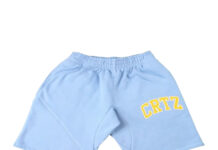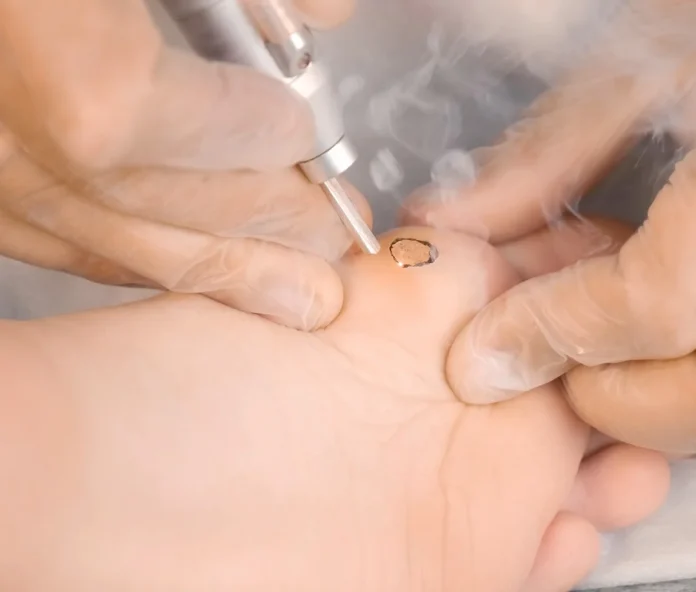When dealing with skin growths, understanding the right treatment is crucial. Warts come in various forms, and flat warts, in particular, require a specialized approach. Unlike common warts, flat warts are smoother, smaller, and often appear in clusters, making their removal slightly different. How does salicylic acid help in wart removal? This common treatment works by breaking down the thick layers of the wart, but its effectiveness may vary depending on the type. Let’s explore the differences in wart removal for flat warts and the best treatment options available.
What Are Flat Warts?
Flat warts, also known as verruca plana, are small, smooth, and slightly raised skin growths caused by the human papillomavirus (HPV). They typically appear on the face, neck, hands, and legs, often in large numbers. Their flat shape and flesh-toned color make them less noticeable than common warts, but their tendency to spread quickly makes treatment necessary.
Key Characteristics of Flat Warts:
- Size: 1–5 mm in diameter
- Texture: Smooth and flat-topped
- Color: Pink, light brown, or yellowish
- Location: Face, arms, legs, and sometimes genital area
- Spreadability: Highly contagious through scratching or shaving
How Is Wart Removal Different for Flat Warts?
While many wart treatments overlap, flat warts require gentler approaches due to their location and tendency to spread. Here’s how removal differs:
Topical Treatments (Salicylic Acid & Retinoids)
How salicylic acid helps in wart removal: It exfoliates the skin, gradually peeling away infected layers. However, flat warts are less thick, so lower concentrations (10–20%) are often sufficient.
- Salicylic Acid Patches/Gels: Effective but must be applied carefully to avoid skin irritation.
- Retinoid Creams: Prescription-strength retinoids (like tretinoin) help speed up skin cell turnover, making them useful for facial flat warts.
Cryotherapy (Freezing Treatment)
Common warts often respond well to cryotherapy, but flat warts—especially on the face—may require lighter freezing sessions to prevent scarring.
Laser Treatment
For stubborn flat warts, pulsed dye laser (PDL) or CO₂ laser treatments can target blood vessels feeding the wart without damaging surrounding skin.
Immune-Boosting Treatments
Since flat warts spread easily, treatments like imiquimod cream (Aldara) stimulate the immune system to fight HPV. This is especially useful for multiple flat warts.
Why Flat Warts Require Special Care
- Thinner Skin: Flat warts are less raised, making aggressive treatments risky.
- Cosmetic Concerns: Since they often appear on the face, scarring must be minimized.
- Rapid Spread: Shaving or scratching can spread them, requiring early intervention.
Preventing Flat Warts from Returning
- Avoid touching or scratching warts.
- Do not share razors or towels.
- Keep skin moisturized to prevent micro-cuts.
- Boost immunity with a healthy diet and vitamins (like zinc and vitamin C).
FAQs
Can flat warts go away on their own?
Yes, but it may take months or years. Treatment speeds up the process and prevents spreading.
Is salicylic acid safe for facial flat warts?
Yes, but use a low concentration (10%) to avoid irritation.
Can I remove flat warts at home?
Mild cases can be treated at home, but facial warts should be checked by a dermatologist.
How long does treatment take?
Most treatments take 4–8 weeks for visible results.
Conclusion
Flat wart removal differs from common warts due to their size, location, and spreadability. How salicylic acid helps in wart removal is just one part of the process—gentler treatments like retinoids, immune therapy, and laser removal may be better for flat warts. If over-the-counter methods fail, consulting a dermatologist ensures safe and effective removal without scarring. With the right approach, you can achieve smooth, wart-free skin.































